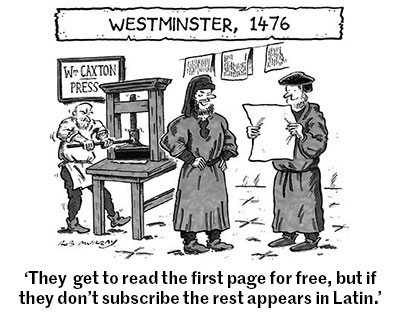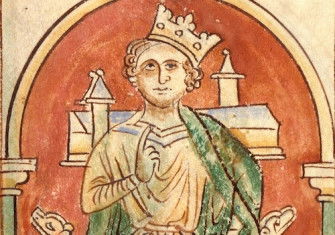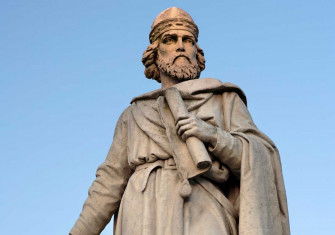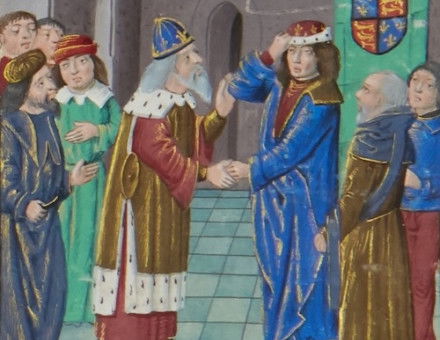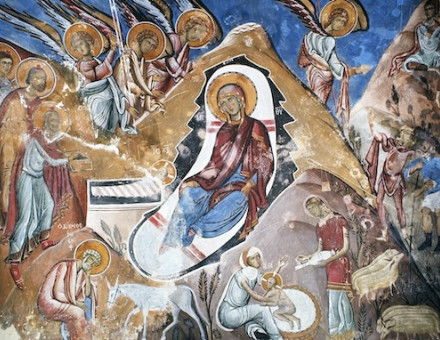A Royal Skeleton in the Chapel
Were the lost bones of medieval King Ethelbert hidden in Sherborne Abbey? A convenient discovery suggested they were.
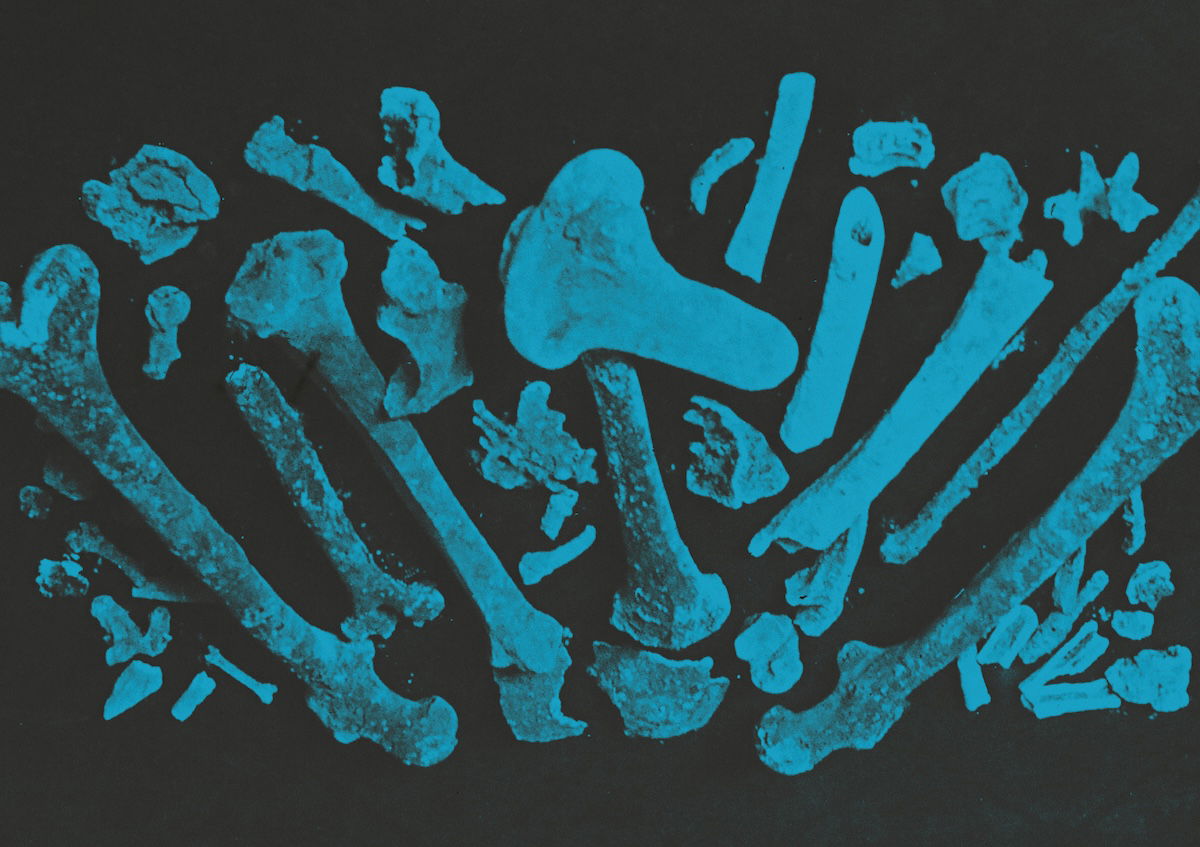
In June 1925 a sarcophagus was discovered in Dorset’s Sherborne Abbey and widely reported to be that of ‘Ethelbert’, a ninth-century king of Wessex. Decades of speculation followed, before, in 1952, the Royal Commission on the Historical Monuments of England dated the sarcophagus to the 13th century. This should have laid the issue to rest – but the tradition is still alive and well today.
Æthelberht and his brother Æthelbald, both now overshadowed by their younger sibling Ælfred (‘the Great’), were the third and second sons of Æthelwulf, king of Wessex. Both ruled briefly and relatively uneventfully in the mid-ninth century. The Anglo-Saxon Chronicle records that Æthelbald was buried ‘at Sherborne’, and Ælfred’s biographer, Asser, wrote that when Æthelberht too ‘went the way of all flesh’, he was ‘interred in honorable wise at Sherborne, by the side of his brother’. This much is rarely disputed.



